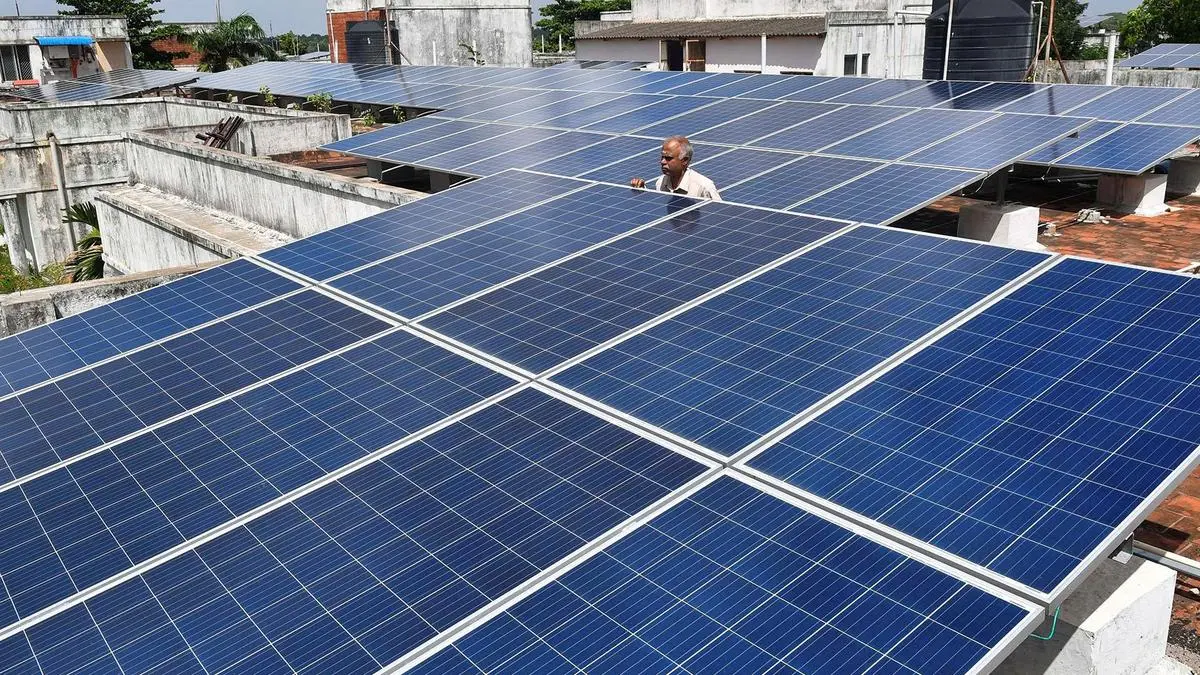Home / Business and Economy / India's Solar Industry Faces Shakeout
India's Solar Industry Faces Shakeout
20 Nov
Summary
- Overcapacity and tech shifts will consolidate India's solar module sector.
- Only 75% of current module capacity can adapt to new technologies.
- Government mandate to integrate wafer production adds pressure.

India's solar module manufacturing sector is bracing for significant consolidation in the coming three to five years. Analysts predict that overcapacity, stemming from a production capacity expected to reach 165 GW against projected installations of 45-50 GW, will be a primary driver. This imbalance, alongside rapid technological advancements, is creating immense pressure on smaller companies.
Only an estimated 70-75% of the country's authorized module capacity can effectively adapt to newer technologies such as ToPCon and bifacial modules, which offer improved efficiency. Manufacturers require substantial scale and integrated value chains, demanding significant capital and technological investment. This reality means not all current players will be able to sustain operations, making consolidation inevitable.
Further complicating the landscape, the Indian government aims to reduce reliance on Chinese imports by pushing cell makers into backward integration for wafer and ingot production by 2028. This, coupled with global oversupply and falling module prices, intensifies the need for strategic investment and operational efficiency for Indian solar manufacturers to thrive.


